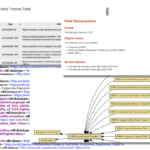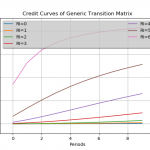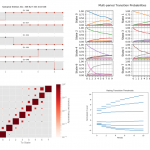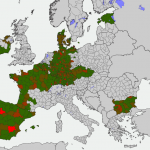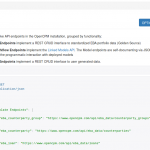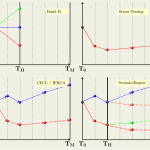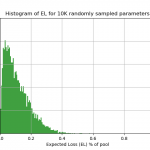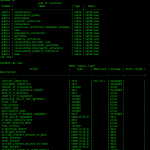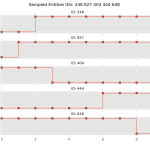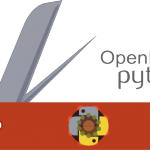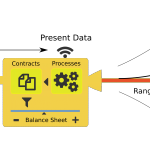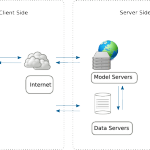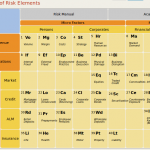Fintech Risk Events
Fintech Risk Events is an open catalog of observed and publicized operational failures of fintech business models. The
catalog aims to document, in due course, such events reasonably accurately, to allow risk managers understand the (
potentially new) vulnerabilities of new financial services models.
Scope
The scope of the operational risk database is Fintech companies. By that we mean newly established financial services
providers that operate exclusively via new (digital) platforms and are (mostly) unregulated. The fintech sector is
distinct from established financial services firms that operate with a mix of technology platforms and are (mostly)
regulated.
